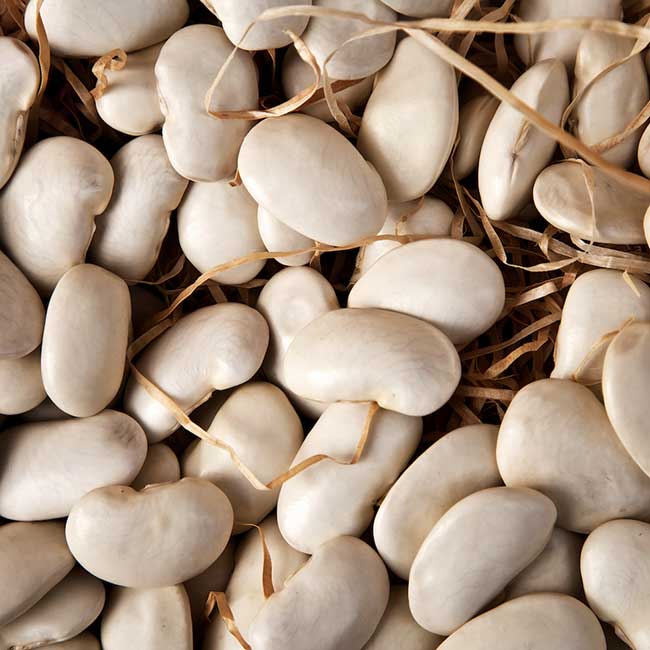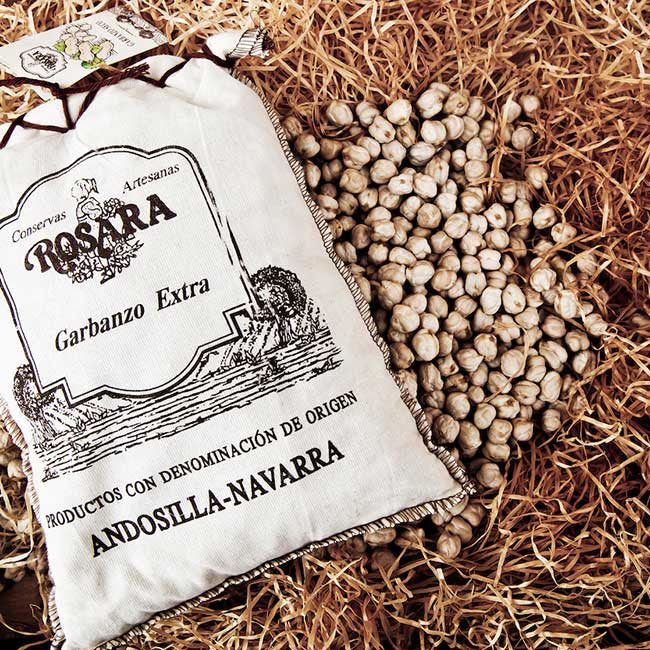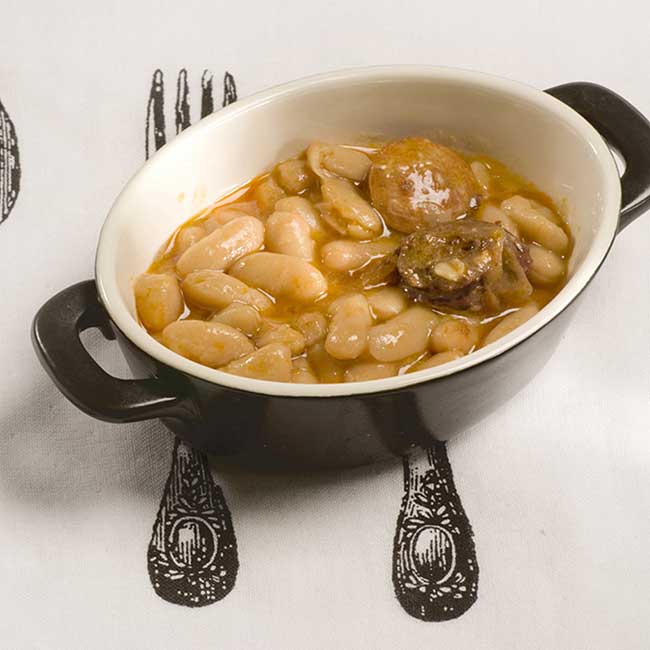.png.transform/rendition-xs/image_image%20(1).png)
Spanish Legumes: The Important Connection Between Provenance and Quality
Faba beans, chickpeas, lentils... legumes are a fundamental component of Spanish diet. They not only provide endless benefits for your body, but for your palate thanks to their impressive wuality and versatility when it comes to cooking, from stews to salads.
Spain’s culinary repertoire of top-flight foods is very extensive. Ibérico ham is considered a delicacy, its cheeses are revered around the world, and its extra virgin olive oil is second to none.
But if we dig a little deeper, we can find many other gems that really set a high bar. One of them is Spanish legumes.

An outstanding nutritional profile
Legumes are a true superfood, thanks to their impressive nutritional profile. They are an outstanding source of vitamins, protein, fiber, folate, iron, phosphorus, and also complex carbohydrates. They can help prevent everything from cardiovascular disease and high blood pressure to diabetes to cancer, and they’re economical to boot.
Legumes in Spain
When it comes to legume production and consumption, Spain is a frontrunner in the European Union. This is likely supported by at least two factors: legumes are a very long-standing component of the local diet, and the climate around the Mediterranean provides an ideal backdrop for their cultivation. Within Spain, kidney beans, faba beans, chickpeas and lentils are the most popular legumes.
This being said, the bulk of production is consumed domestically and additional legumes are imported from other countries; Spain exports a very small amount.
The impact of provenance on quality
Spanish producers take quality very seriously. At present there are ten legumes with a quality guarantee: PGI Faba Asturiana, Faba del Lourenzá, Judías de Barco de Ávila, Garbanzo de Escacena, Lenteja de Armuña, Lenteja de Tierra de Campos, Alubia de La Bañeza-León and Garbanzo de Fuentesaúco as well as DO Mongeta de Ganxet and Fesols de Santa Pau.
There is a very strong link between Spanish legumes and the geographical area where they are produced. This is attributable to the high quality of the local ecotype and the longstanding tradition of production. As a result, producers are well versed in the best techniques and legume selection processes.
Local producers often use ancestral practices when maintaining and selecting the right seeds and plants, as is the case for PGI La Faba Lourenzá, in Lugo, Galicia. These beans are grown in rich, deep soil in valleys close to the sea, and humid and mild summers provide optimal conditions for them to grow.
PGI Garbanzos de Escacena have been grown in Huelva since the Middle Ages and there are references to PGI Lenteja de Tierra de Campos lentils in Pascual Madoz’s Geographical-Historical Dictionary for Castile-Leon, written in the middle of the 1800s. The latter’s unique characteristics are derived from its environment, in the León, Zamora, Palencia and Valladolid provinces.

Jarred legumes, ready to eat
You’d probably be hard pressed to find a family in Spain that doesn’t have a jar of garbanzos or lentils in their cupboard. Having ready-to-eat legumes on hand is a winning strategy when mealtime comes.
According to Ander Orduna Palacios, the sales director at Rosara, a small family-run business in Navarre that’s been operating for more than four decades, “Provenance is vitally important... All of our legumes come from Spain and we look for where the land and tradition come together to yield the highest quality beans.”
While Rosara offers a variety of foods, their speciality is jarred beans, selling everything from pre-prepared dishes like lentils in curry, PGI fabada Asturiana and beans with partridge to lentils and garbanzos au natural. They also have a line of organic legumes from Spain.
The bulk of Rosara’s production is consumed in Spain, where loyal customers buy their products again and again; even world-famous chef José Andrés is a fan. However, they do also sell abroad, in the US, France, the UK, Hong Kong, Peru and Thailand. “The challenge in this regard is to educate customers about hitherto unknown traditional Spanish recipes,” adds Ander.
Another outstanding Spanish company specializing in legumes is El Navarrico, also based in Navarre. This family-run business with more than half a century of experience has an extensive selection, which includes everything from lentils and kidney beans to runner beans, produced using artisanal methods to ensure a healthy and natural final product.
They pride themselves on their beans’ quality, which is closely intertwined with the land, and their commitment to respecting the rhythms of nature as part of their processes. Like Rosara, El Navarrico also has an organic line.

Legumes, on your plate
There are plenty of prestigious Spanish restaurants around the world giving pride of place to legumes with creative, innovative dishes to please local palates.
At the multiple Ibérica outposts in the UK, customers can enjoy a delicious bowl of cocido, a typical stew from Madrid with chickpeas and meat such as pork belly, blood sausage, chorizo, and ham.
At BCN Taste & Tradition, in Houston, Texas, chef Luis Roger serves a delicious faba bean salad with seared scallops, crispy Ibérico ham, mint and whole grain mustard; and at Txikito, in New York City, chefs Alex Raij and Eder Montero prepare a popular dish with Basque white beans, mussels, wild shrimp and parsley.
At La Taperia, in Singapore, customers can tuck into a delicious lobster paella with saffron, tomato and runner beans, and at Casa de Tapas and Seville’s in Dubai, the chefs serve a salad with lentils, Valencia oranges and roasted red pepper and Valencian paella with white and green beans, respectively.
Legumes, in a class of their own
It’s hard to argue about the positive impact of eating a superfood like legumes. Not only are they packed with nutrients and helpful in managing many diseases, they’re also versatile and delicious.
In Spain, the multiple Protected Geographical Indications and Designations of Origin are a testament to the fact that provenance and quality are closely intertwined, and the long-lasting popularity of legume-based dishes across the country reflects their cultural and gastronomic importance.
Whether you eat them from a jar in your kitchen or at a top Spanish restaurant somewhere in the world, the benefits for your body, and your palate, are endless.
Text: Samara Kamenecka

